Rising Demand for Cheese Alternatives
The demand for cheese alternatives is on the rise, which is positively influencing the Microbial Rennet Market. As more consumers seek dairy-free options due to lactose intolerance, dietary restrictions, or lifestyle choices, the need for microbial rennet is becoming increasingly apparent. Market Research Future indicates that the cheese alternatives segment is expected to grow substantially, with a projected increase of 25% in the next five years. This surge in demand presents a lucrative opportunity for manufacturers in the Microbial Rennet Market to develop innovative products that cater to this expanding consumer base.
Sustainability and Environmental Concerns
Sustainability is becoming a pivotal factor influencing the Microbial Rennet Market. As environmental concerns escalate, consumers and producers alike are seeking alternatives to animal-derived products. Microbial rennet, being a fermentation-derived product, presents a more sustainable option, potentially reducing the carbon footprint associated with cheese production. The dairy industry is under pressure to adopt more sustainable practices, and the use of microbial rennet aligns with these goals. Market analysis suggests that the shift towards sustainable food production could lead to a significant increase in the adoption of microbial rennet, as it offers a viable solution for environmentally conscious consumers.
Regulatory Support for Vegetarian Products
The regulatory landscape is evolving to support the use of vegetarian ingredients in food production, which is beneficial for the Microbial Rennet Market. Many countries are implementing regulations that encourage the use of microbial rennet as a substitute for animal-derived rennet. This regulatory support not only enhances consumer confidence but also encourages manufacturers to innovate and expand their product lines. As a result, the market for microbial rennet is likely to see increased investment and development, with projections indicating a potential market growth of 15% over the next five years. This trend underscores the importance of regulatory frameworks in shaping the future of the Microbial Rennet Market.
Increasing Consumer Awareness of Health Benefits
The Microbial Rennet Market is experiencing a notable shift as consumers become increasingly aware of the health benefits associated with microbial rennet. This awareness is driven by a growing interest in vegetarian and vegan diets, which often exclude traditional animal-derived rennet. As a result, the demand for microbial rennet, which is suitable for these dietary preferences, is likely to rise. Market data indicates that the plant-based cheese segment, which utilizes microbial rennet, is projected to grow at a compound annual growth rate of over 10% in the coming years. This trend suggests that manufacturers in the Microbial Rennet Market may need to adapt their product offerings to cater to this health-conscious demographic.
Technological Innovations in Fermentation Processes
Technological advancements in fermentation processes are significantly impacting the Microbial Rennet Market. Innovations in biotechnology are enabling the production of microbial rennet with improved efficiency and consistency. These advancements not only enhance the quality of the final product but also reduce production costs, making microbial rennet more accessible to manufacturers. Market data suggests that the introduction of new fermentation technologies could lead to a 20% increase in production capacity within the next few years. This growth potential indicates that the Microbial Rennet Market is poised for expansion, driven by ongoing technological improvements.


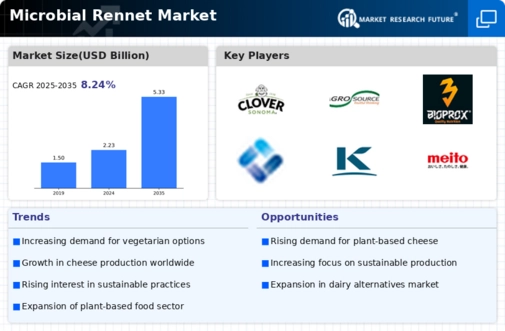
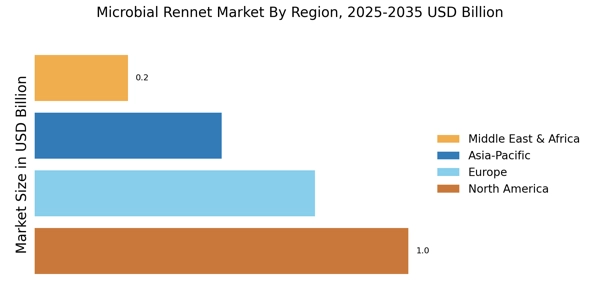
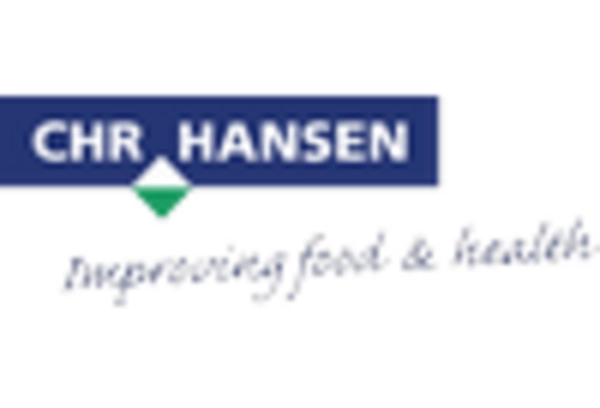
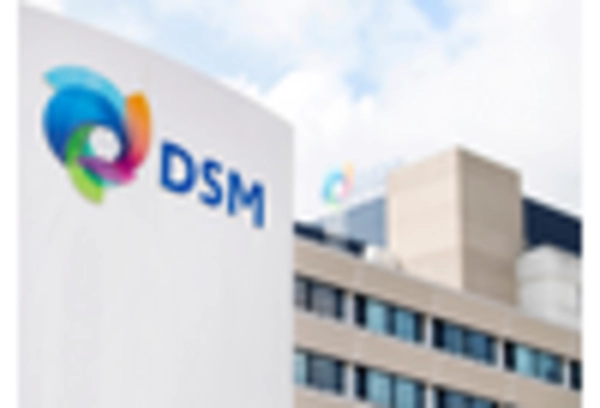

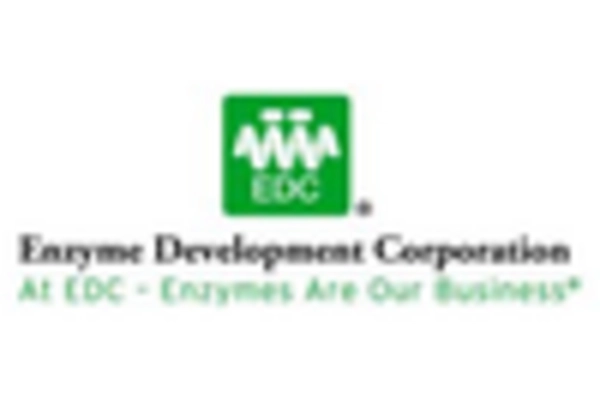
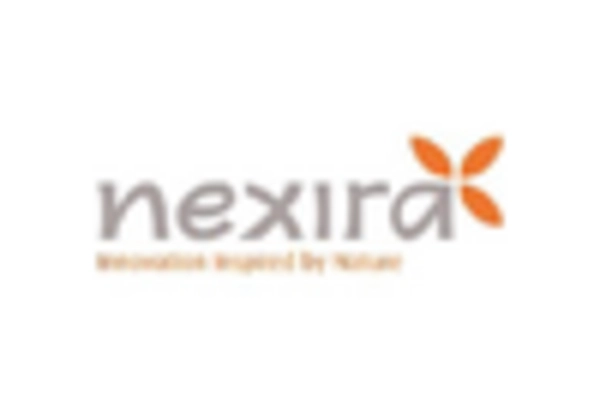
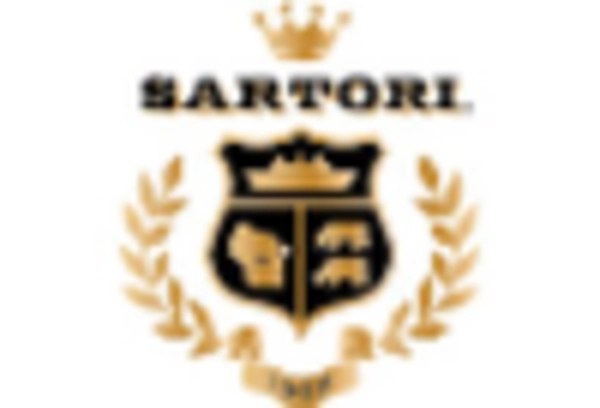








Leave a Comment